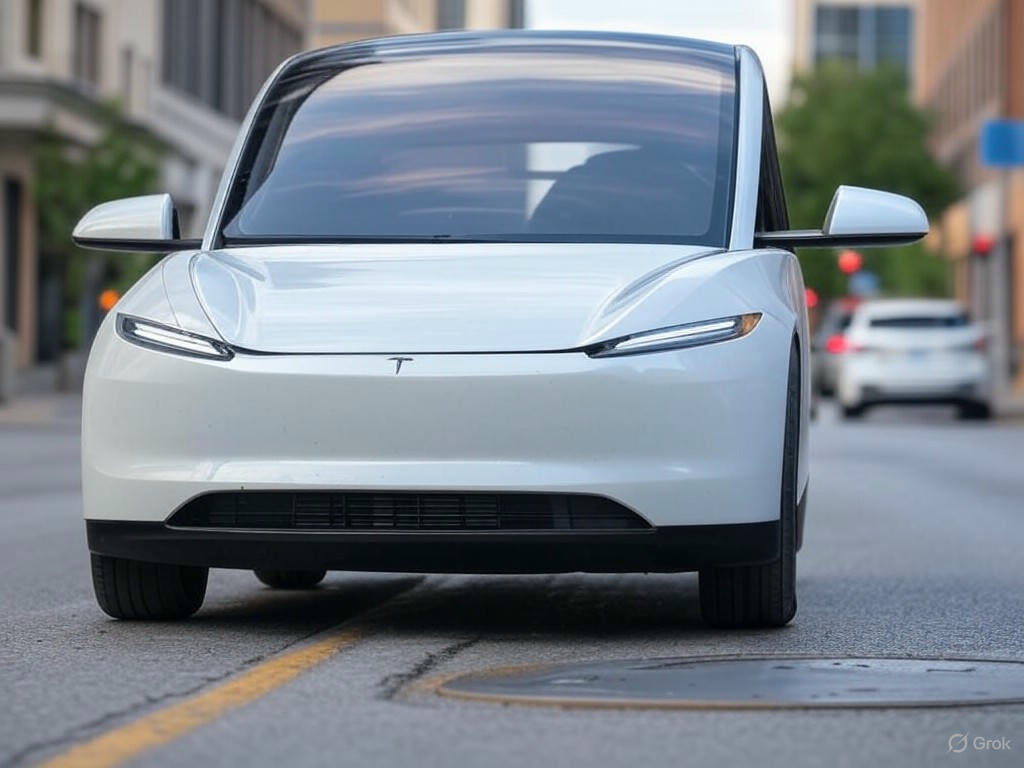Tesla has taken a groundbreaking leap into the future of transportation with the debut of its much-anticipated Robotaxi in Austin, Texas. This pilot program, launched under a veil of confidentiality, marks a significant milestone for the electric vehicle giant as it seeks to redefine urban mobility. While details about the test remain sparse, early reports suggest a small fleet of autonomous vehicles is navigating select city routes, offering a glimpse of a driverless future. The initiative aligns with Tesla’s long-standing vision of creating a fully autonomous ride-sharing network, a concept championed by CEO Elon Musk for years.
The timing of this launch, however, comes against a backdrop of turbulence for the company. Tesla has faced scrutiny not only for its ambitious technological goals but also for controversies tied to Musk’s polarizing public statements and political engagements. These distractions have, at times, overshadowed the company’s core mission of innovation. Yet, the Robotaxi project signals Tesla’s determination to push forward, focusing on cutting-edge advancements that could reshape the automotive and tech industries. Industry analysts see this as a calculated move to restore public and investor confidence by demonstrating tangible progress in autonomous driving technology—a field where Tesla has promised much but faced delays and regulatory hurdles.
The choice of Austin as the testing ground is no accident. The city, a growing hub for tech and innovation, offers a dynamic urban environment ideal for trialing such futuristic solutions. Moreover, Tesla’s significant presence in the area, including its massive Gigafactory, underscores the strategic importance of this location. Local officials have expressed cautious optimism about the project, highlighting potential benefits like reduced traffic congestion and enhanced safety through automation. However, concerns linger over the technology’s reliability and the ethical implications of widespread autonomous vehicle deployment. Public reception during this initial phase will likely play a critical role in shaping the program’s expansion.
As Tesla navigates these uncharted waters, the Robotaxi test serves as a litmus test for broader ambitions. Success in Austin could pave the way for larger rollouts across other cities, positioning Tesla as a leader in the autonomous ride-sharing market—a sector projected to grow exponentially in the coming decade. Competitors like Waymo and Cruise are already vying for dominance, making Tesla’s ability to deliver on its promises more crucial than ever. Beyond the technology itself, the company must also address public trust, ensuring transparency and safety remain at the forefront of its efforts.
Looking ahead, Tesla’s Robotaxi venture represents more than just a new product; it’s a statement of resilience amid adversity. While challenges persist, both on the road and in the court of public opinion, this launch reaffirms the company’s commitment to innovation. As the Austin trial unfolds, all eyes will be on Tesla to see if it can steer its vision of a driverless future into reality, proving that even in turbulent times, progress remains possible.
